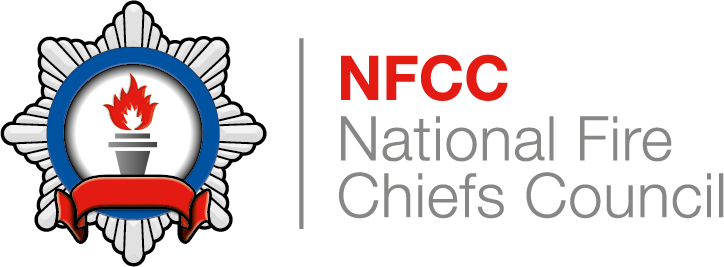Co-ordinated multi-agency responses to incidents: Fire control
Control Measure Knowledge
A co-ordinated response
A co-ordinated response by fire and rescue services to multi-agency incidents always begins with fire control personnel. When contact between fire control personnel and other agencies is first made, they can support a co-ordinated and effective multi-agency response by discussing their response arrangements, including:
- The reason for the agency’s attendance if it is not already apparent
- The resources being mobilised, which may prompt further discussion (such as why police armed response resources are attending, if it is not already apparent)
- Any known hazards and risks
- Where operational personnel and resources should locate themselves, if not directly at the location of the incident, for example, at a:
- Rendezvous point
- Forward command point
- Multi-agency strategic holding area
- Whether operational personnel and responders from other agencies should take a specific route, which may provide a safe route and safe approach, avoiding:
- Hazard, such as an area contaminated by hazardous materials
- Incidents at risk of escalation if interrupted, such as police-led negotiations
- Closed roads and exclusion zones, including where another agency has implemented a cordon
- Other unrelated ongoing incidents and events
- What command structures they have in place in response to the incident
- Whether the incident requires:
- A response from other agencies, such as local authorities or environmental agencies
- Multi-agency communication methods to be established, such as interoperable talkgroups
- A co-ordinated approach to the management of media enquiries, including statements to the press or social media releases
Fire control personnel may benefit from using a commonly understood information structure, such as M/ETHANE, as a prompt to consistently guide them through the key points when exchanging incident-related information with other agencies.
Other prompts are also likely to help fire control personnel to share all necessary information with other agencies methodically. They may include:
- Alerts on the mobilising system, linked to specific incident types
- Action plans or lists on the mobilising system, linked to specific incident types
- Aides-memoire, easily accessible by fire control personnel
